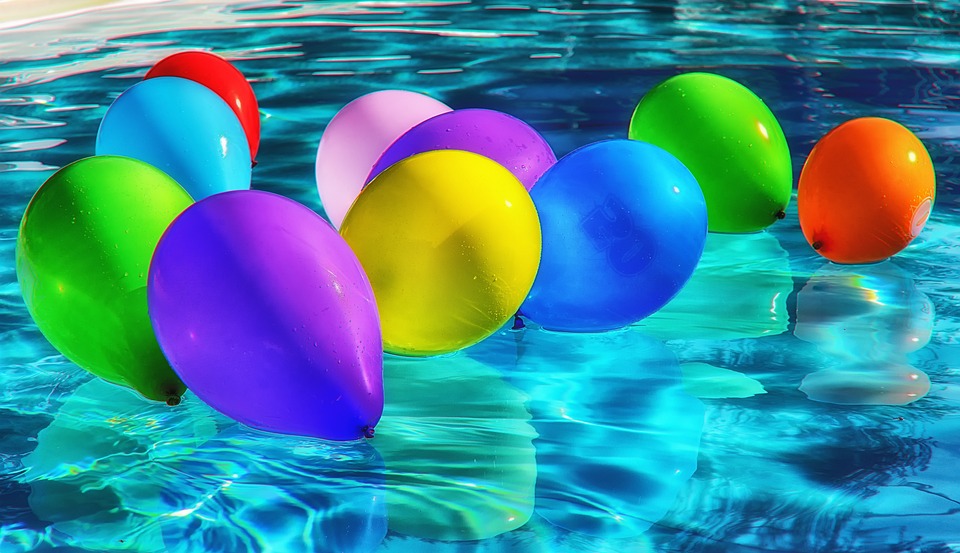Clean the pool regularly: Skim the surface of the water to remove leaves, debris, and insects using a skimmer net. Brush the walls and floor of the pool to prevent algae formation. Vacuum the pool to remove any debris that sinks to the bottom.
A clean and well-maintained pool not only enhances the aesthetic appeal of your backyard but also ensures a safe and healthy swimming environment for you and your family. To achieve this, regular pool cleaning is essential. In this article, we will explore the importance of cleaning a pool regularly and discuss three key steps to keep your pool sparkling clean: skimming, brushing, and vacuuming.
Skimming the surface of the water is the first step in maintaining a clean pool. Leaves, twigs, insects, and other debris often find their way into the water, making the pool unattractive and potentially clogging the filtration system. To combat this, invest in a skimmer net, a tool specifically designed for removing floating debris. Skimming should be done daily or at least every other day to prevent the accumulation of debris, especially during the fall season when leaves are more prevalent. Simply pass the net across the surface of the water, catching any visible debris. Dispose of the collected debris away from the pool area to prevent them from being blown back in by the wind.
While skimming tackles the surface problem, brushing the walls and floor of the pool prevents algae formation. Algae can quickly take hold in a pool, turning the water green and making the surfaces slippery and unsightly. Brushing the walls and floor removes any algae or other build-up, preventing them from growing and spreading. Use a pool brush with stiff bristles and ensure to cover all areas of the pool. The frequency of brushing depends on the usage of the pool and environmental factors, but a weekly brushing routine is generally recommended. Pay extra attention to areas with poor circulation, like corners and steps, as they are more prone to algae growth. Regular brushing keeps your pool free from slimy surfaces and ensures a healthier swimming environment.
Vacuuming the pool is the final step in cleaning your pool thoroughly. Skimming and brushing can only tackle surface-level debris. However, smaller particles and debris tend to sink to the bottom over time. To remove them, a pool vacuum is necessary. There are different types of pool vacuums available, including manual and automatic options. Manual vacuums require your physical effort but give you control over the cleaning process, while automatic vacuums do the work for you. For a thorough clean, start at one end of the pool and slowly move in straight lines, overlapping each previous pass. Pay extra attention to corners and crevices where debris can accumulate. Depending on the size of your pool and the amount of debris, it’s recommended to vacuum your pool at least once a week.
In addition to the three main steps discussed above, it is also crucial to maintain the pool’s chemical balance. Appropriate levels of chlorine, pH, and alkalinity ensure a safe and sanitary swimming environment. Regularly test the water using a pool testing kit and adjust the chemicals as needed to maintain the right balance. Chemical imbalance can lead to green water and even cause skin or eye irritations.
In conclusion, cleaning your pool regularly is vital to ensure a safe and hygienic swimming environment. Skimming the surface of the water with a skimmer net removes floating debris, while brushing the walls and floor prevents algae formation. Vacuuming the pool eliminates debris that sinks to the bottom. By following these essential steps and maintaining the pool’s chemical balance, you can enjoy a clean and inviting pool all season long. Remember, a clean pool not only adds beauty to your backyard oasis but also provides a healthier and more enjoyable swimming experience for everyone.
Regularly cleaning your pool is crucial for maintaining a safe and healthy swimming environment. Skimming the surface with a net helps remove floating debris such as leaves and insects. Brushing the walls and floor of the pool prevents algae formation and keeps surfaces clean and safe. Vacuuming the pool is necessary to remove debris that sinks to the bottom. Additionally, maintaining the pool’s chemical balance is important for a sanitary swimming experience. Regular testing and adjustment of chlorine, pH, and alkalinity levels is necessary. By following these steps, you can ensure a clean and inviting pool all season long.
